
Background to the history of the HEAD-Genuit-Foundation
On August 11, 1986, HEAD acoustics GmbH was entered in the commercial register by the founder and owner Klaus Genuit. This foundation meant not only the creation of a new company, but also the introduction of a new measurement technology and philosophy. The use of head-related noise measurement technology involving human hearing was new in terms of its approach and previously unknown. In this respect, the founding of the company involved a certain amount of risk, as the development of this market in terms of noise measurement, sound quality and noise design was not exactly predictable.
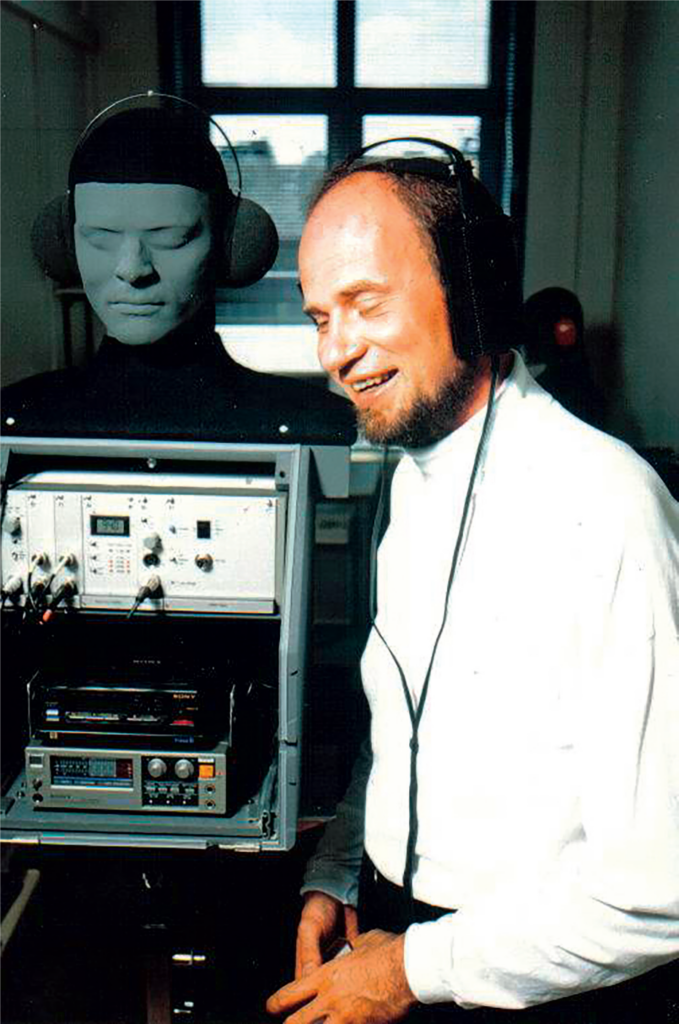
The company’s objective was clearly to establish, further develop and internationally market hearing-related sound measurement technology with properties comparable to human hearing. Within the company, the focus was therefore on research, development and publication of this new technology. HEAD acoustics carried out fundamental research into the signal processing of human hearing; the HMS artificial head measurement system received an award-winning design; the required electronics with user-oriented features (remote control, speed recording and automatic calibration using additional data encoded in the lowest bit of the digital data recording) were copied by several competitors. With well over 300 publications at numerous international scientific conferences and congresses, the general establishment of this technology was also ensured. Although the company founder, who had a degree in electrical engineering as well as a degree in industrial engineering, was sufficiently sensitive to commercial issues, Reinhard Scholz was appointed commercial director just five years after the company was founded. This team has successfully ensured stable growth and a solid foundation for HEAD acoustics.
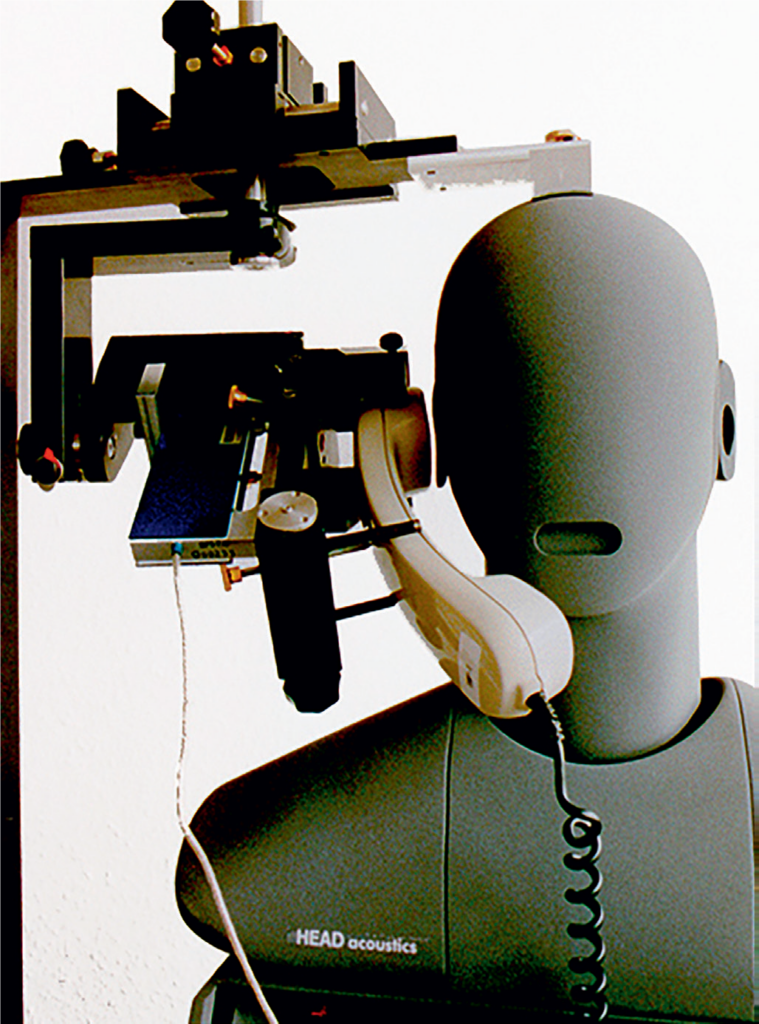
A few years after the company was founded, Dr. Hans Wilhelm Gierlich joined the company and established a second business segment in the telecom industry. In order to be able to carry out telecommunication measurements, the artificial head was equipped with a mouth and the artificial head “learned” to speak. New types of front ends were developed to link various telecommunications equipment with the analysis software and new standards were developed. The range of services was continuously expanded over the years and new business areas were developed.
In order to meet the new challenges and the high number of cross-industry inquiries, many new employees were hired. In 1989, HEAD acoustics moved into new offices in the Technologie Park Herzogenrath (TPH), before opening its own company building in Ebertstraße in Herzogenrath seven years later. Following various conversion and expansion measures between 2003 and 2024, the engineers now have state-of-the-art test benches and sound measurement rooms for their research and development work, from 45 m² in the TZA Technology Center in Aachen to more than 30,000 m² of their own space in Herzogenrath.
Through its subsidiaries in China, France, Great Britain, India, Italy, Japan, South Korea and the USA, HEAD acoustics GmbH is represented in all important markets worldwide. In addition to our own research and development work, our employees are involved in national and international research projects, standardization committees, industry associations and collaborations with universities and other scientific institutions. The qualified and highly motivated workforce works continuously on exceptional hardware and software solutions.
Numerous new products are constantly opening up new possibilities for customers. The HEAD acoustics team has grown steadily in the areas of service, support, marketing, IT, production and internal sales, as well as in research, consulting and development. From four employees when the company was founded, there are now around 350 permanent employees in Germany alone – and the trend is rising. Over 450 people work for HEAD acoustics worldwide.
Four decades after the company was founded by Prof. Dr.-Ing. Klaus Genuit, it can be said in retrospect that the strong combination of research and development has revolutionized the market and set industry standards. HEAD acoustics is a company that has achieved a leading national and international position in the field of hearing measurement and analysis technology as well as telecommunications technology since its foundation. Acousticians worldwide, particularly in the automotive industry, as well as their suppliers and companies in the telecommunications sector, trust the reliability of the systems developed, manufactured and distributed by HEAD acoustics with regard to the accuracy and reproducibility of the measurement and analysis results obtained.
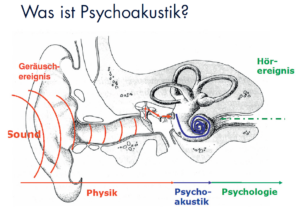
HEAD acoustics is also becoming increasingly important as a consulting partner in the field of noise quality determination, auditory assessments and issues in the telecom sector. As a reliable partner to a wide range of industries, HEAD acoustics GmbH is a competent and reliable partner to its customers in all acoustic matters, while at the same time focusing its attention on future challenges: In addition to electromobility and voice transmission in 5G mobile networks, these also include the integration of psychoacoustic components in consumer electronics. For many years, HEAD acoustics has been committed to implementing the knowledge gained from product design for the pleasant design of acoustic signals in the creation of an acceptable acoustic environment – soundscape. Psychoacoustics provides a better, more differentiated understanding of how people perceive sound. In addition to the usual consideration of level, parameters such as loudness, sharpness, roughness, fluctuation strength, tonality, harmony, impulsiveness, etc. are added. Only with the help of psychoacoustics can the sound quality be correctly interpreted and a good sound design achieved.
Curriculum vitae Klaus Genuit
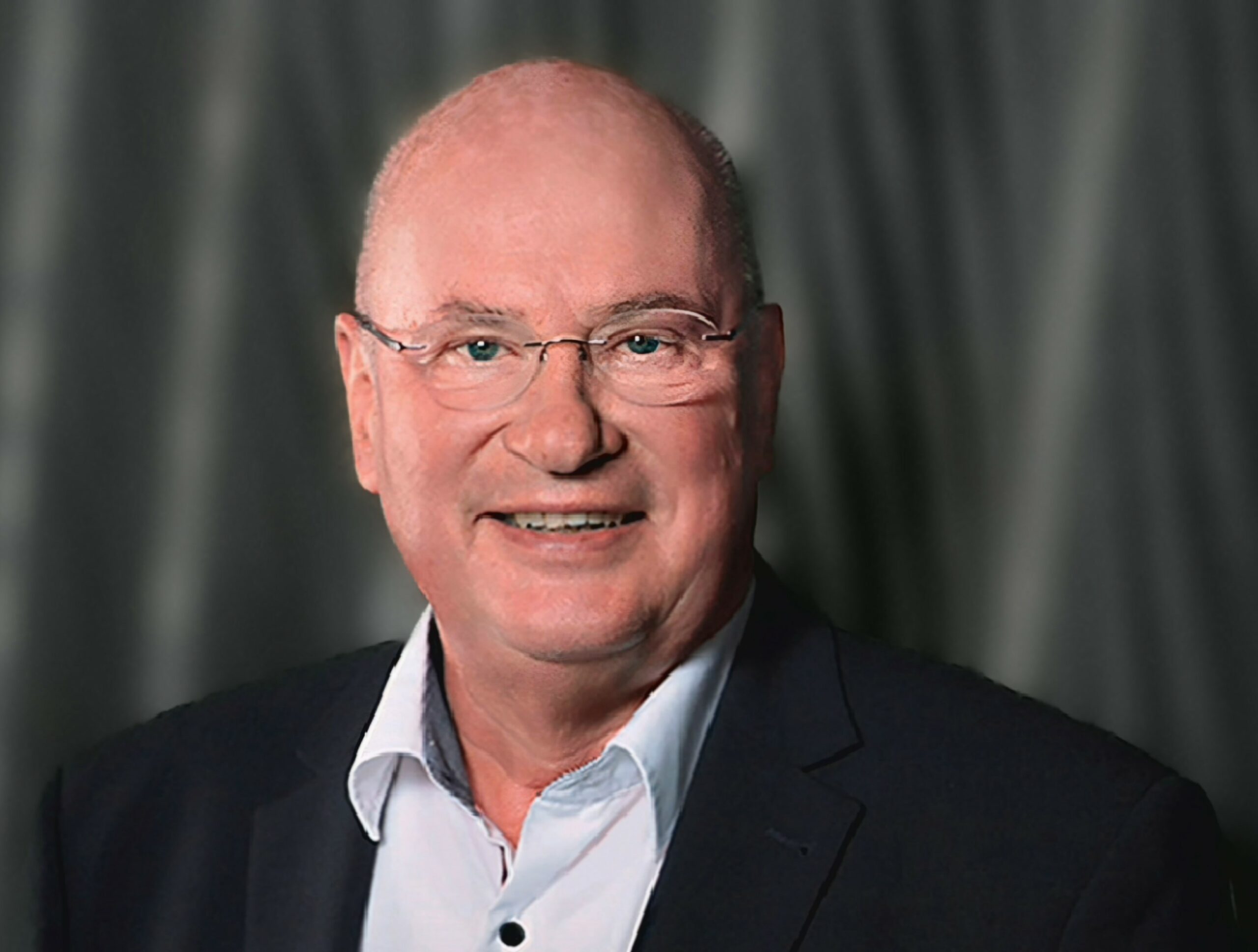
Prof. Dr.-Ing. Klaus Genuit
Chairman of the Board and founder of the foundation - Department of Psychoacoustics
| 1971 – 1976 | Study of electrical engineering at the Rheinisch-Westfälische Technische Hochschule (RWTH) Aachen |
| 1976 - 1979 | Study of economics |
| 1976 - 1986 | Institute for Electrical Communications Engineering RWTH Aachen, Studies on the description of the psychoacoustic properties of the message receiver Human hearing |
| 1984 | Doctorate with the thesis: “A model for the description of outer ear transmission properties” |
| 1986 | Foundation of HEAD acoustics GmbH – first supporting member of DEGA |
| 1986 | First supporting member of DEGA, the German Acoustics Society |
| 1997 | Lectureship in psychoacoustics at RWTH Aachen University |
| 2004 | Fellow ASA, Acoustical Society of America |
| 2008 | Establishment of the HEAD Genuit Foundation |
| 2008 | Honorary professor at RWTH Aachen University |
| 2009 | Co-initiator of the Aachen Acoustics Colloquium AAC |
| 2010 | Editor of the book “Sound Engineering” published by Springer Verlag |
| 2014 | Distinguished International Member INCE, Institute of Noise Control Engineering, USA |
| 2016 | Awarded the Rudolf Martin Certificate of Honor by the VDI, NALS-DIN |
| 2025 | Helmholtz Medal for lifetime achievements in acoustics, German Acoustical Society (DEGA) |
Participation in various working groups for the purpose of standardization of new measurement regulations in the field of ITU (formerly CCITT), DIN, DKE, NALS, ISO
Memberships:
- DEGA (German Society for Acoustics), founding member
- ASA (Acoustical Society of America), ASA Fellow since 2004
- AES (Audio Engineering Society)
- ASJ (Acoustical Society of Japan)
- FVV (Research Association for Combustion Engines)
- HdT (House of Technology)
- ITG (VDE/Audiological Acoustics)
- SAE (Society of Automotive Engineering)
- VDE (Association of Electrical Engineering)
- VDI (Association of German Engineers)
Further information: de.wikipedia.org/wiki/Klaus_Genuit
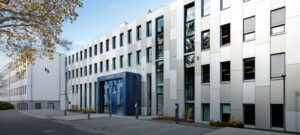
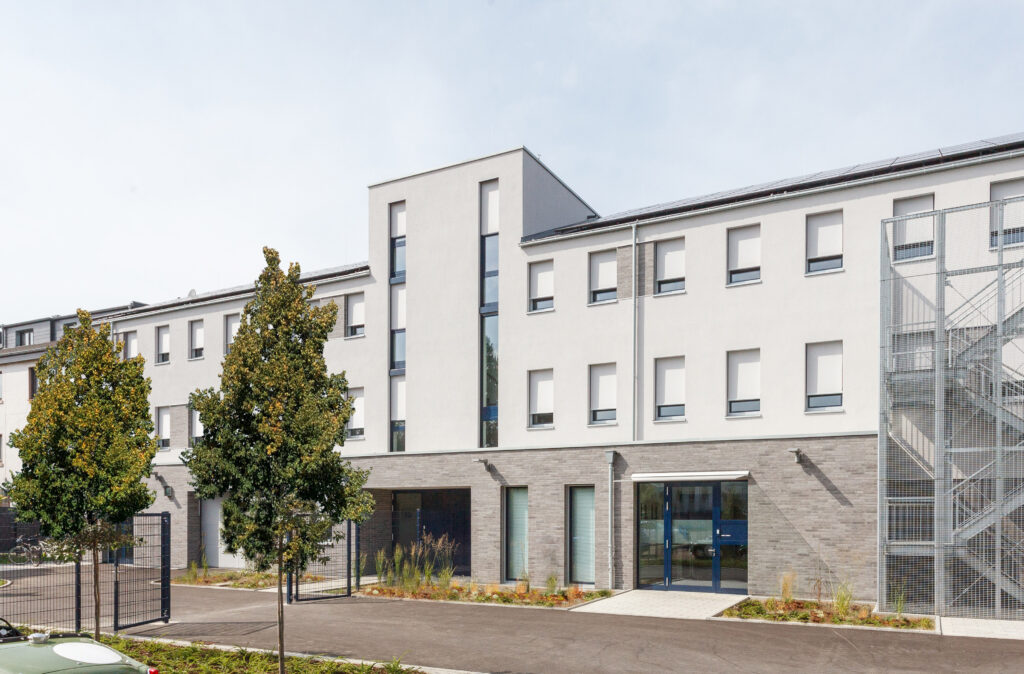
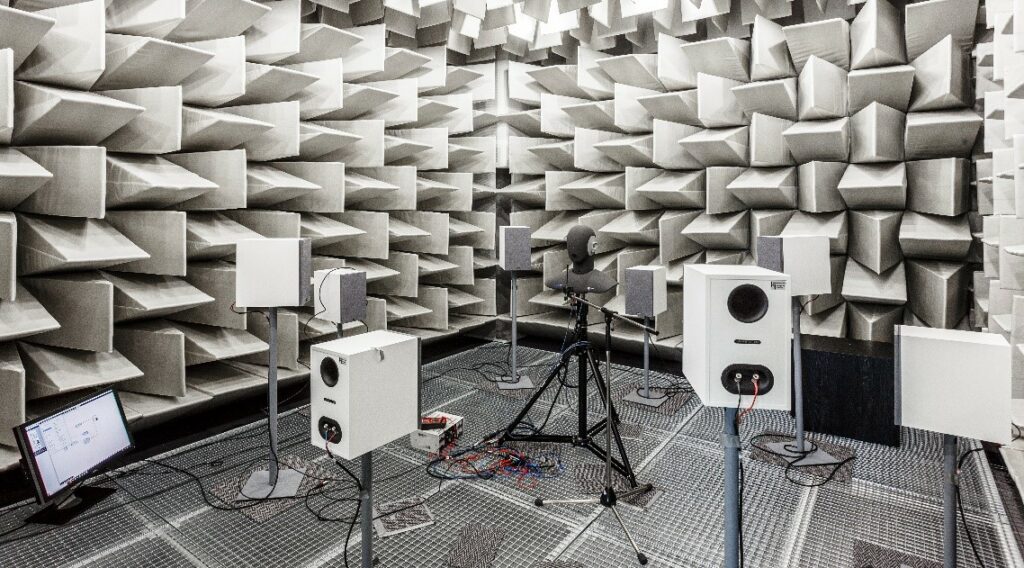
Establishment of the HEAD-Genuit-Foundation
The history of HEAD acoustics began with making motor vehicles more comfortable in terms of interior noise, identifying and avoiding disturbing noise components and designing a sound that is suitable for the product. Here, binaural measurement technology and the application of psychoacoustics quickly established themselves internationally. Attempts to apply these findings in the field of acoustic environmental pollution proved to be very difficult. Although it has now been sufficiently proven that the annoyance caused by noise cannot be determined by the A-weighted sound pressure level alone, psychoacoustics could not be introduced in this area. Although the A-weighted sound pressure level confidently describes the levels above which there is an increasing probability of hearing damage, it cannot be used to describe the perceived annoyance. Acoustics is based on the sound source: What kind of signals, what amplitudes, what vibrations/frequencies, what energy? Psychoacoustics focuses on the receiver (the person): What loudness, sharpness, roughness, tonality, annoyance are perceived? What are the expectations, attitudes and experiences of those affected? Psychoacoustics deals with the sound perception of the human auditory system, it includes aurally accurate recording with an artificial head measuring system and the aurally accurate analysis of sound events. Taking into account the cognitive aspect of sounds, psychoacoustics makes it possible to describe the transformation of a sound event into an auditory event. However, studies of environmental and workplace noise from a psychoacoustic point of view are of equal importance. Noise can be harmful to human hearing not only directly due to the sound energy, but in many cases also indirectly through certain temporal structures and spectral distributions that cause annoyance. The phenomenon of noise cannot be understood without knowledge of psychoacoustics in conjunction with the cognitive context.
According to DIN 1320, noise is defined as sound that disturbs silence or intentional sound reception or that can lead to disturbance, annoyance, impairment or damage. An impairment is defined as an undesirable effect of a sound load, e.g. in the form of a reduction in physical, mental or social well-being. Noise depends on the physical conditions, the analysis of noise depends on the psychoacoustic properties of hearing. The assessment of noise takes into account the cognitive and psychological aspects. Therefore, noise cannot be measured with technical, instrumental devices, noise cannot be calculated!
For this reason, the international soundscape standard ISO 12913-1 to 12913-4 was developed, which was the first standard to prescribe binaural measurement technology and recommend psychoacoustic analyses. HEAD acoustics was closely involved in the development of these standards. The basic idea: sounds are not only classified as more or less disturbing and annoying, but can trigger multidimensional sensations, sound is understood as a “resource” instead of just as “pollution”. Soundscape can be designed by removing, altering or adding sound events, e.g. through the targeted introduction of fountains (sound ecology, acoustic design). The soundscape concept requires interdisciplinary cooperation between acousticians, psychoacousticians, physicians, sociologists and psychologists.
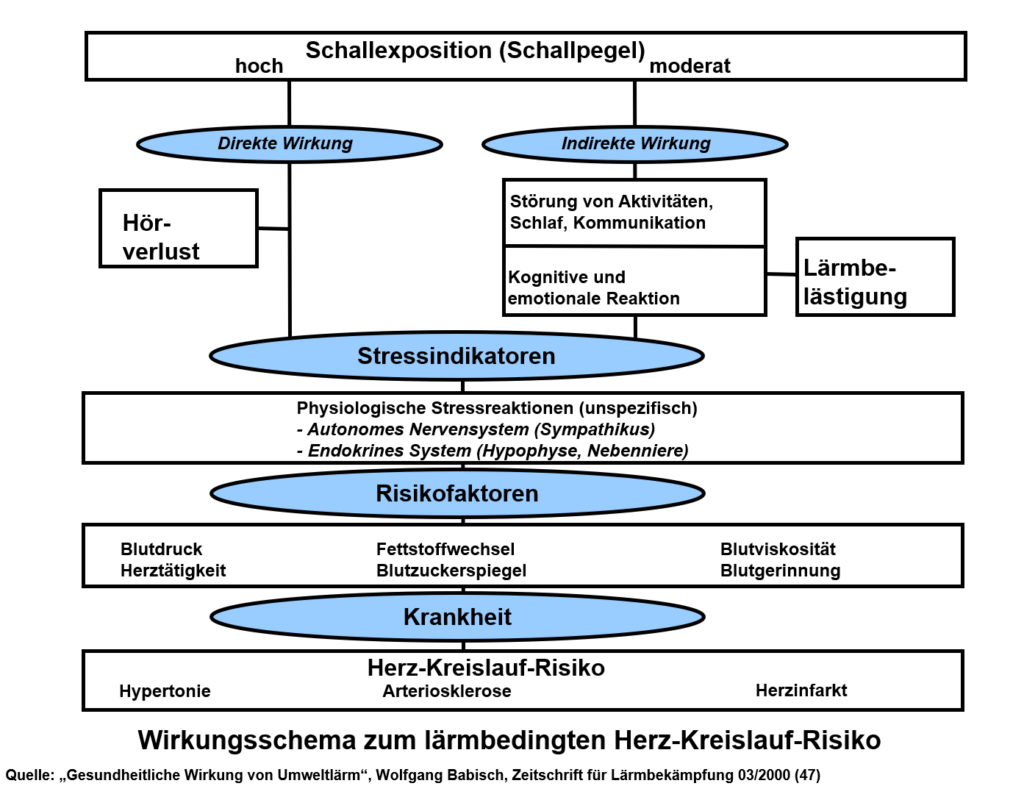
The effects of noise are manifold: changes in hearing sensitivity (hearing loss, occupational disease no. 1), ringing in the ears (tinnitus), changes in the circulatory system (vegetative dysfunction, high blood pressure, cardiac arrhythmia, triggering of defensive reactions, cardiovascular and psychosomatic disorders, changes in sleep, psychiatric symptoms (nervousness, headaches, irritability, depression). The social and psychological effects of noise are Communication disturbances, communication difficulties, social isolation and segregation, decrease in helping behavior, harassment, educational disadvantages, psychosomatic symptoms, dejection, annoyance, impaired performance, stress, nervousness, aggression. The economic effects of noise mean production losses, spatial planning costs, health costs, noise protection costs, rent and property prices.

HEAD acoustics has been involved in numerous EU-funded research projects:
- OBELICS, Objective Evaluation of Interior Car Sound, EU Project for better understanding of sound quality and the language of sound
- SVEN, Sound Quality of Vehicle Exterior Noise, EU Project for the prediction of exterior sound quality of vehicle with consideration of human hearing
- QCity, Quiet City Transport (2005-2009), Identification and ranking of noise sources of various transportation means, quantitative description of the annoyance of single pass-by events using psycho-acoustic descriptors
- CityHush, Acoustically green road vehicles and city areas (2010-2012), external noise from hybrid electric vehicles
It can be concluded from these numerous activities that People complain about noise (almost) independently of the A-weighted sound pressure level. Predicting the effects of environmental noise requires detailed knowledge of signal processing in the auditory system. Increasing standardization provides a foundation for the expanded use of psychoacoustics for environmental noise assessment. Changes in individual parameters are often more significant for the perceived annoyance than absolute values. The superposition of several sound sources is not linear, so the prediction of psychoacoustic parameters is not possible. Similarly, a prediction of annoyance as a function of distance is not based on a simple law of distance.
This led to the idea of setting up a foundation to provide funds to support research and activities aimed at creating a better, more pleasant acoustic environment.
Another focus is the development and promotion of new approaches in pain therapy, particularly in the field of arachnopathy. Despite all the progress made in the treatment of acute pain, the number of people suffering from chronic pain is rising continuously – more than in other diagnostic groups. In Germany alone, around 23 million people currently suffer from chronic pain (DGS 2024). Interdisciplinary multimodal pain therapy (IMST) has established itself as the standard for treating chronic pain. Central to this treatment approach is the combination of different therapy methods with the common goal of improving the subjective and objective functioning of the affected person (Sabatowski et al. 2021). As important as this goal is in individual cases, there are pain patients whose ability to function can only be improved to a limited extent or not at all, for example people who have suffered a stroke or spinal cord injuries, people suffering from cancer, Parkinson’s disease, multiple sclerosis or arachnopathy. In particular, pain associated with chronic inflammation of the thin skin of the spinal cord (arachnoiditis) is a striking example of types of pain for which the possibilities of current pain therapy concepts are limited. On the one hand, because their possible causes have not yet been sufficiently researched. Secondly, because the associated loss of function and pain are considered untreatable.
The HEAD Genuit Foundation has set itself the task of supporting people suffering from pain even when knowledge of the development, maintenance and treatment of their complaints is inadequate and the current prospects of alleviating them are poor.
With this task in mind, the HEAD Genuit Foundation pursues the following objectives:
- The foundation is committed to an understanding of pain that does not regard it as a deficit, but rather as a natural feature of human existence.
- The foundation is committed to therapeutic approaches that do not focus on analyzing and eliminating the alleged deficits of those affected, but rather on recognizing and promoting their resources.
- The foundation supports individuals and scientific and research institutions that are committed to patient-oriented pain therapy – as part of comprehensive care that focuses less on illness and pain and more on the person affected.
- The foundation endeavors to provide financial support for people suffering from arachnopathy if the request for coverage of costs for certain treatments is rejected by health insurance companies and insurance providers.
Literature
- Deutsche Gesellschaft für Schmerzmedizin e.V. (2024) Aktuelles aus der DGS. https://www.dgschmerzmedizin.de/
- Sabatowski R, Kaiser U, Scharnagel R (2021) Interdisziplinäre multimodale Schmerztherapie – Grundlagen und Fallstricke. Anästh Intensivmed 62:334–344. DOI: 10.19224/ai2021.334
